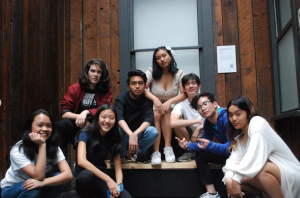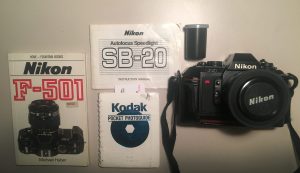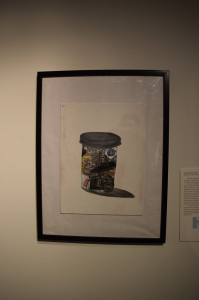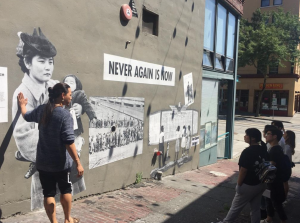Introduction
Charisse Vales
Written by Charisse vales
To my Filipino parents’ dismay, I grew up being a picky eater. Though it is common for most children in the US, my parents couldn’t understand as to why I only enjoyed the skin of the fried chicken/fish or left out the bitter melon in my Filipino dishes. However, they still prepared my food in that way, which kept me familiar to the tastes of Filipino cuisine and curious as to why my family was so passionate about Filipino cooking.

With that, I was always fascinated to have most of my paternal side involved in the cooking scene. It felt pretty rare in that most of family-friends’ and friends’ had their maternal sides cook, but in the case of my own, it was very different. Though I don’t know if I’ll ever be half of the chefs as they were and are, this fostered my curiosity and fueled me into the research I had done my freshman year of high school with the Wing Luke Museum’s YouthCAN program. In the summer of 2019, I participated in an art and history program that centered on conducting research and learning Asian American and Pacific Islander (AAPI) history in Seattle’s Chinatown-International District (CID) with other youth artists. Growing up in the Seattle area, I somewhat knew the extent of how rich the culture was locally but was struck to hear from my own family that my granduncle Jose, more commonly, grandpa Joe, lived at the NP Hotel in the International District, specifically during his off-seasons as an Alaskan fisherman. Not knowing that my dad (nor older aunt or uncle) were the first to move from the Philippines and to Seattle, my perspective completely shifted in putting the events I was learning a part of the program and what my family’s migration stories look like. From that experience, I made a painting in honor of his legacy here in Seattle and using the many trinkets my cousins and I have now possessed from him. This being his camera, shoes, dictionaries, and generally memories that our parents remember of him.



Expanding from that, I found it interesting to settle in that experience of going to actual sites that were integral to the CID’s AAPI, and specifically, Filipino history. I reflected upon his story in conversation with the many other Filipino fisherfolk who’ve settled in Seattle, essentially making history in the U.S. labor sector and food industry. It’s made me wonder as to how the rest of my paternal side apply to the bigger picture of Filipino American history, given their own migration stories that span oceans and generations, yet still applying to ideas around cooking and food. So, now reflecting as a freshman in university and garnering more conversations with my dad on these topics, I thought to learn from them more, in hopes of clarifying how cooking and food can apply to the universal experiences that define Filipino identity, both in its times of strength and struggle.

